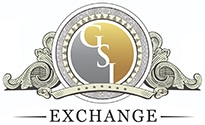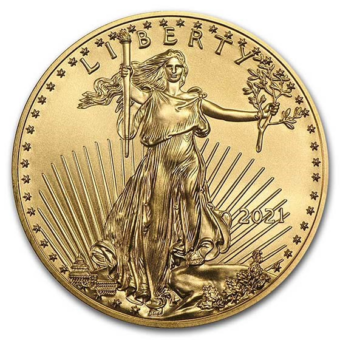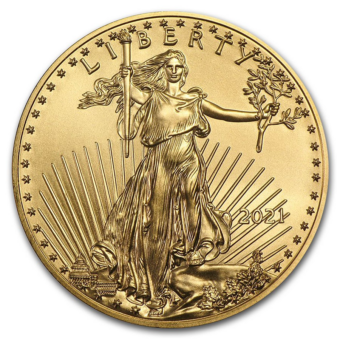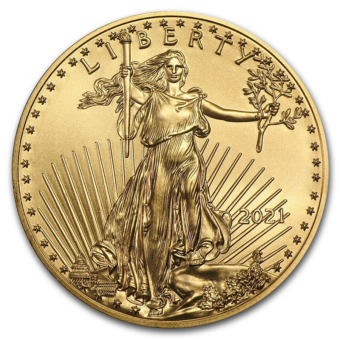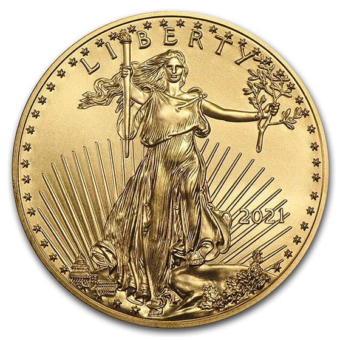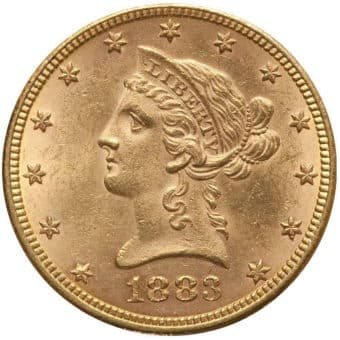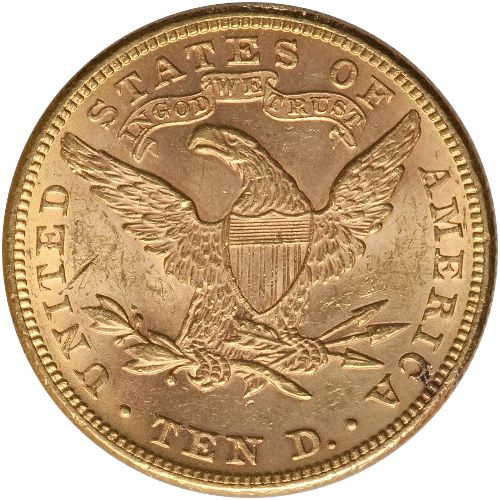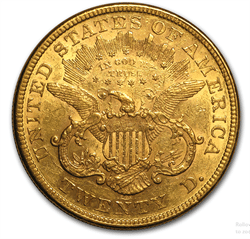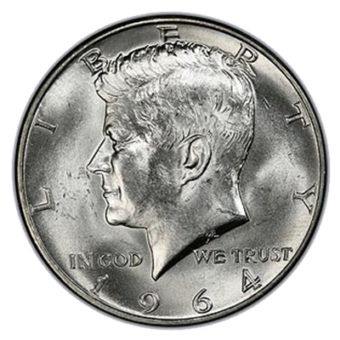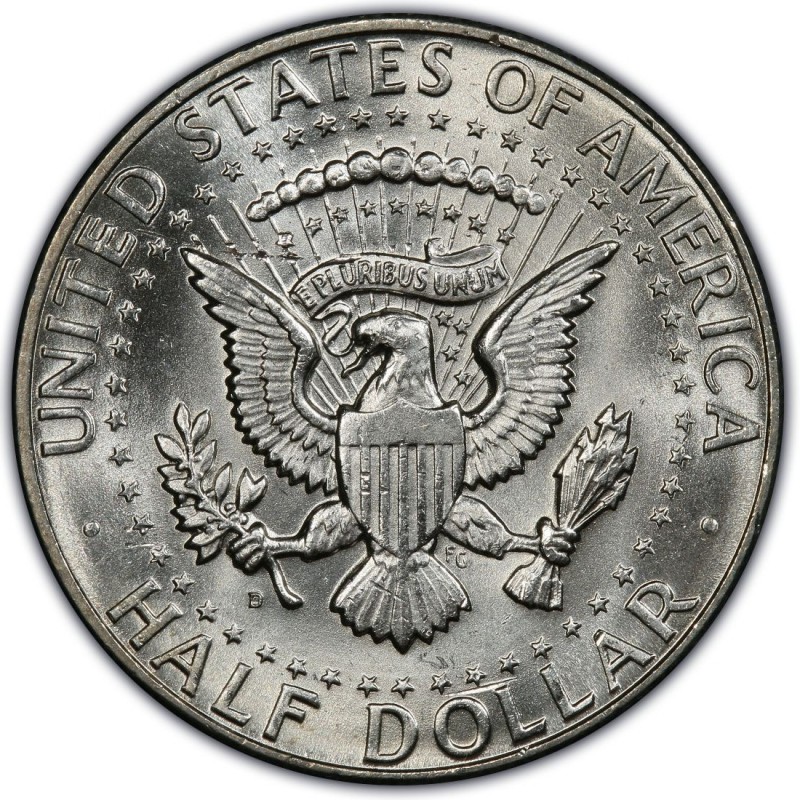A Daily Journey Through the Week's Market
Monday - 12.02.24: Gold and silver prices held steady as investors awaited critical U.S. economic data and Federal Reserve policy signals. Geopolitical concerns, including unrest in Georgia's separatist region, provided mild safe-haven support but failed to spark significant price movements.
Tuesday - 12.03.24: Gold and silver posted slight gains, with gold rising 0.2% to $2,649.09 per ounce. Safe-haven demand increased amid geopolitical tensions in South Asia and Europe. Investors remained focused on upcoming U.S. jobs data and Federal Reserve Chair Jerome Powell's speech for interest rate guidance.
Wednesday - 12.04.24: : Gold prices remained stable, supported by anticipation of U.S. non-farm payroll data. Silver saw modest upward movement, as investors weighed its dual role as a safe-haven and industrial metal amid geopolitical instability and slowing global economic growth.
Thursday - 12.05.24: Gold prices dipped slightly by 0.1% to $2,648.69 per ounce as investors turned cautious ahead of the U.S. payroll report, which could shape Federal Reserve rate decisions. Silver followed a similar pattern, with minimal movement in early trading.
Friday - 11.29.24: Gold and silver prices are higher in early U.S. trading Friday, driven by safe-haven demand amid ongoing geopolitical tensions, a weaker U.S. dollar, and lower Treasury yields. Geopolitical concerns include escalating rhetoric from Russia, deepening military ties between Moscow and North Korea, and renewed tensions in the Middle East despite a recent cease-fire.
Gold trades above $2,637 as consumer sentiment hits 7-month high
Gold prices edged higher on Friday as consumer confidence improved in December, while inflation expectations also saw an uptick, signaling cautious optimism in the U.S. economy.
By the numbers:
- The University of Michigan Consumer Sentiment Index rose to 74 in December, up from November’s 71.8 and exceeding expectations of 73.
- Spot gold climbed 0.22% to $2,637.78 per ounce after touching $2,645.73 overnight.
Inflation outlook:
- Year-ahead inflation expectations increased to 2.9%, the highest level in six months but within the pre-pandemic range of 2.3%–3.0%.
- Long-term inflation expectations ticked down slightly to 3.1% from November’s 3.2%.
What they're saying:
- Joanne Hsu, Director of the Surveys of Consumers, highlighted a surge in buying conditions for durable goods, driven by fears of future price hikes.
- Hsu noted a partisan divide in economic expectations:
- Democrats expressed concerns about potential inflation spikes due to anticipated tariff hikes.
- Republicans expect inflation to ease significantly under the next administration.
The big picture:
Gold remains buoyed as investors digest improving sentiment alongside mixed inflation signals. While higher consumer confidence points to economic stability, rising inflation expectations could sustain interest in gold as a hedge against uncertainty.
Gold holds steady as U.S. adds 227K jobs in November
The gold market is holding its ground near key support levels, even as the latest U.S. jobs data paints a mixed picture of resilience and softening in the labor market.
By the numbers:
- U.S. nonfarm payrolls rose by 227,000 in November, beating expectations of 218,000.
- Unemployment ticked up to 4.2%, slightly higher than October’s 4.1% and above forecasts for no change.
- Average hourly wages increased by 0.4% to $35.61, outpacing the projected 0.3%. Over the past year, wages have risen 4.0%.
Gold's pulse:
- February gold futures climbed 0.39% to $2,658.70 an ounce, holding firm near critical support at $2,650.
What they’re saying:
- Michael Brown, Senior Research Strategist at Pepperstone, expects the Federal Reserve to cut rates by 25 basis points this month, citing a "normalizing" labor market.
- However, Brown cautions that persistent job market resilience into 2025 could slow the Fed’s pace of easing, especially amid inflation risks tied to potential tariffs and tax cuts under the incoming Trump administration.
The bottom line:
Robust job growth and rising wages underscore a resilient labor market, but an uptick in unemployment and Fed policy decisions could sway markets in the coming months. For now, gold investors remain focused on broader economic trends.
Reset or Reckoning: America’s economic crossroads
America’s economic foundation is showing deep cracks as inflation, dwindling savings, and surging debt leave the nation on precarious ground. A potential shift in leadership could bring the decisive strategy needed to steer the country toward lasting renewal.
What happened:
- Savings shock: The Bureau of Economic Analysis (BEA) quietly revised personal savings data, erasing $140 billion in November. The pandemic-era savings glut has dried up, leaving Americans increasingly reliant on credit.
- Credit crisis: Credit card debt has exceeded $1.14 trillion, with APRs averaging over 20% and some reaching 33%. Rising living costs and stagnant wages are squeezing the middle class.
- Data revisions: Key economic metrics like new home sales, payrolls, and job openings were revised downward, exposing an overly optimistic narrative pushed by the Biden administration.
Why it matters:
Manipulated data distorts policymaking and deepens systemic vulnerabilities. The U.S. economy is teetering on a fragile foundation of debt-fueled consumer spending and short-term optimism.
What’s next:
A potential Donald Trump presidency could signal a dramatic shift in economic strategy.
- Cutting bureaucracy: Trump’s approach focuses on slashing red tape to stimulate innovation and bring businesses back to the U.S.
- Tariffs for sovereignty: Renewed tariffs would aim to incentivize domestic production and strengthen economic independence.
- Growth over taxation: Trump’s economic team emphasizes expanding the economy to outpace debt rather than relying on higher taxes.
Challenges ahead:
- Inflationary pressures planted by decades of reckless spending will take time to subdue.
- Infrastructure investments and systemic reforms could bring short-term pain but promise long-term resilience.
Between the lines: The nation’s morale is showing signs of recovery, with Americans re-engaging in governance and holding leaders accountable. Enthusiasm surrounding reform-minded leadership offers hope for a turnaround.
Bottom line: America faces a rare moment to redefine its economic path. With bold policies and a commitment to growth, the nation can pull back from the brink and set the stage for enduring prosperity.
Sovereign adoption: Bitcoin’s next frontier?
Bitcoin’s recent surge past $100,000 has reignited debate on whether this marks a market peak or the start of a new chapter. Alessio Quaglini, CEO of Hex Trust, argues that the real milestone lies ahead: sovereign nations adopting Bitcoin.
Driving the news:
Bitcoin hit an all-time high of $104,000 early Thursday before pulling back below $100K, trading at $99,480 (+0.74%). Amid the rally, Quaglini pointed to the next evolutionary step for Bitcoin—national adoption.
What he’s saying:
“We’re moving from institutions to sovereign nations,” Quaglini told CNBC Hong Kong.
- On Bitcoin phases: “We’ve seen the pioneer phase, followed by retail speculation. Now we’re in the early stages of institutional adoption. Sovereign adoption will be next.”
- On nation-state competition: “Once nations enter the game, we’ll see 195 countries competing for a finite Bitcoin supply. It’ll be a gold rush.”
Why it matters:
National adoption of Bitcoin could fundamentally shift global economics, creating a fierce race among nations for dominance in digital assets.
- Quaglini’s prediction: “The sovereign phase will drive Bitcoin demand to unprecedented levels.”
What’s next:
Quaglini anticipates a regulatory shift in the U.S. under Trump 2.0, potentially easing SEC enforcement and fostering collaboration with crypto firms. This could accelerate institutional and sovereign adoption.
- “If the U.S. wants to lead in digital assets, it must bring businesses back and embrace collaboration,” he said.
What to watch:
Bitcoin’s price momentum will depend on:
- Institutional distribution: Broader adoption by major players.
- Policy shifts: Signals from regulators under the incoming administration.
- Geopolitical dynamics: Early moves by nations to accumulate Bitcoin.
Bottom line:
Bitcoin’s rise to $100K is a major milestone, but the ultimate breakthrough could be its adoption by sovereign nations—a shift that might transform global finance.
Trump takes credit as Bitcoin shatters $100K milestone
Bitcoin broke the $100,000 barrier late Wednesday night, sparking celebrations across the crypto community. On Thursday morning, Donald Trump joined the chorus, attributing the surge to his election victory and pro-crypto policies.
What happened:
- Bitcoin hit $100,000 at 10:30 pm EST Wednesday and climbed to a high of $104,000 early Thursday. It later stabilized at $102,890, up 4.2% for the day.
- Trump’s policies, including the nomination of crypto-friendly Paul Atkins to head the SEC and a push to shift digital assets under CFTC oversight, have been a tailwind for Bitcoin’s rally.
What they're saying:
David Morrison of Trade Nation noted Bitcoin’s dramatic $6,000 jump in an hour following the news of Atkins’ appointment.
- “It was an impressive move, but now the question is whether this breakthrough sets up further gains or marks a potential top,” he said.
- Morrison warned that a reversal in U.S. stock indices could trigger a broader “risk-off” sentiment, pulling cryptos down.
By the numbers:
- The total crypto market cap surged 63.13% in the month following the election, from $2.21 trillion to $3.62 trillion, with Bitcoin accounting for 55%.
Between the lines:
Bitcoin’s historic rally has drawn reactions from prominent crypto advocates:
- Michael Saylor: The MicroStrategy CEO doubled down on his bullish stance, hinting at more Bitcoin buys even at these prices.
- Brian Armstrong: Coinbase’s CEO highlighted the massive gains for early adopters.
- Lyn Alden: The analyst shared her disappointment at missing the moment due to her location.
What to watch:
Bitcoin’s future trajectory will depend on:
- Broader risk appetite in financial markets.
- Continued regulatory support under the Trump administration.
- Potential reversals in traditional asset classes that could influence crypto sentiment.
Bottom line: Bitcoin’s $100K milestone marks a new era for the crypto space, but its next moves will be shaped by policy shifts and market conditions. For now, King Crypto reigns supreme.
Gold won't see $2,000 again, poised to triple – Peter Schiff
Gold prices are never returning to $2,000 per ounce, according to Peter Schiff, chief market strategist at Euro Pacific Asset Management. Speaking at the New Orleans Investment Conference, Schiff predicted a major rally, with gold potentially tripling in value.
What he’s saying:
- "I don't think gold's going back to $2,000," Schiff told Kitco News. "That's history now, and we're off to much higher levels without any resistance. The price of gold can double, triple from here, and potentially go much higher than that."
- Schiff emphasized gold's breakout this year, noting a 28% year-to-date increase after consolidating between $1,500 and $2,000 for over a decade.
Why it matters:
Schiff's bullish outlook highlights the metal’s shift from fear-driven demand to potential greed-driven market participation. He anticipates renewed investor interest in gold mining stocks as prices climb.
The controversy:
Schiff criticized Wyoming Senator Cynthia Lummis’ proposal to exchange U.S. gold reserves for Bitcoin, calling it "treason" and "the worst monetary mistake."
- Lummis’ plan: Convert some of the U.S.’s 8,000 tons of gold reserves into Bitcoin to establish a digital reserve. Her proposal calls for acquiring one million Bitcoins over 20 years, representing 5% of Bitcoin’s total supply.
- Schiff's take: "Bitcoin is not a viable reserve. A deep, liquid market makes gold reliable for emergencies. Selling large quantities of Bitcoin would crash the market."
By the numbers:
Gold has surged more than 28% year-to-date in 2024, breaking out of its long-term consolidation phase. Schiff predicts prices will rise high enough to drive a shift from fear to greed among investors, boosting mining stocks.
What to watch:
- The potential impact of Lummis’ Bitcoin proposal on U.S. monetary policy.
- Whether gold maintains its bullish trajectory into 2025, spurred by renewed interest in mining stocks.
- Bitcoin's volatility as speculation rises over potential U.S. government purchases.
Bottom line: Schiff is confident that gold’s long-term rally is just beginning, with prices set to reach new heights. Meanwhile, he warns that selling gold for Bitcoin risks destabilizing the financial system.
Next Week’s Key Events
Monday, December 9, 2024
- No major reports scheduled
Tuesday, December 10, 2024
- 6:00 AM ET: NFIB Optimism Index (November)
Wednesday, December 11, 2024
- 8:30 AM ET: Consumer Price Index (CPI) (November)
Thursday, December 12, 2024
- 8:30 AM ET: Initial Jobless Claims (Week ending December 7)
- 8:30 AM ET: Producer Price Index (PPI) (November)
Friday, December 13, 2024
- 8:30 AM ET: Import Price Index (November)
IMPACT ON PRECIOUS METALS MARKETS
NFIB Optimism Index: This measures small business sentiment and can provide insights into economic conditions. A strong report may suggest growth, potentially strengthening the U.S. dollar and pressuring gold and silver. Conversely, weak sentiment could increase safe-haven demand for precious metals.
Consumer Price Index (CPI): A key inflation measure, CPI can significantly influence the Federal Reserve’s monetary policy. Higher-than-expected inflation may boost gold and silver prices as hedges against inflation. Conversely, low inflation could reduce their appeal.
Initial Jobless Claims: This report provides a snapshot of labor market health. Higher claims could signal economic weakness, supporting gold and silver as safe-haven assets. Lower claims might strengthen the dollar, putting pressure on precious metals.
Producer Price Index (PPI): PPI is a measure of wholesale inflation. Similar to CPI, higher PPI could drive gold and silver prices higher as inflation hedges, while a lower PPI may reduce investor demand.
Import Price Index: This measures inflation from imported goods and can influence dollar strength. High import prices could support gold and silver as inflation hedges, while lower import prices might reduce safe-haven buying.
